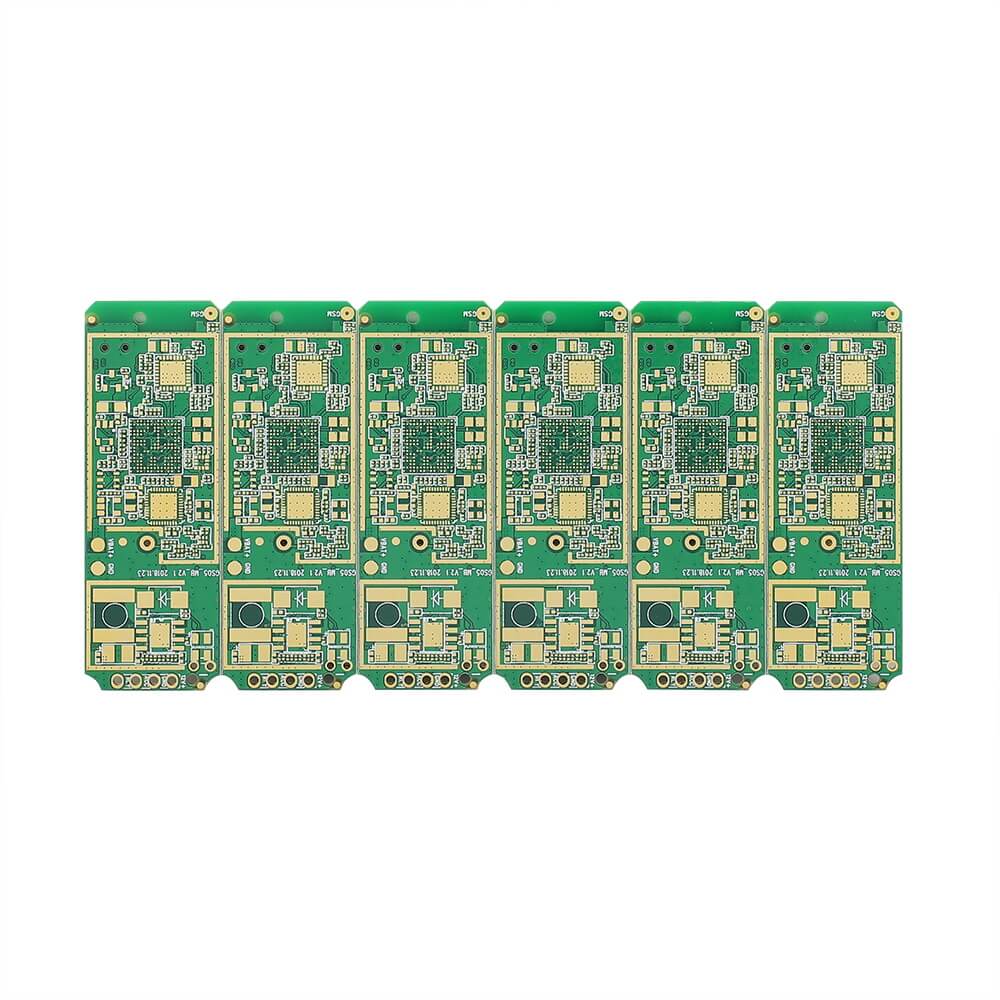
Enhancing Electronic Design Efficiency with Multilayer PCBs
Multilayer Printed Circuit Boards (PCBs) are a key element in modern electronic designs. They offer numerous advantages over single or double-layer PCBs, making them an ideal choice in various applications. This article explores the significant benefits of using multilayer PCBs and their impact on electronic design efficiency.
1. Increased Component Density
Multilayer PCBs allow for increased component density due to their ability to accommodate multiple layers of conductive traces. As a result, designers can fit more components onto a single board, leading to compact and smaller electronic devices. This increased component density is particularly crucial in applications where space is limited, such as mobile phones, IoT devices, and wearables.
2. Improved Signal Performance
The use of multiple layers in a PCB design allows for better signal performance. By placing dedicated ground and power planes between signal layers, multilayer PCBs significantly reduce electromagnetic interference (EMI) and crosstalk. This characteristic makes them suitable for high-speed digital designs and analog applications, ensuring reliable and accurate signal transmission.
3. Enhanced Power Distribution
Multilayer PCBs offer superior power distribution compared to single-layer or double-layer counterparts. The inclusion of dedicated power planes allows for efficient power delivery and minimizes voltage drops throughout the circuit. This feature is particularly advantageous in complex designs that require consistent and stable power supply to multiple components.
4. Simplified Routing and Design Flexibility
With the availability of multiple layers, multilayer PCBs simplify routing complexities. Designers can allocate different circuit elements to specific layers, reducing the complexity of routing interconnections. This flexibility not only streamlines the design process but also enables more intricate and dense layouts, leading to optimized performance and reduced development time.
5. Enhanced Thermal Management
Multilayer PCBs provide improved thermal management capabilities. The additional layers act as a heat sink, dissipating heat generated by the components more effectively. This characteristic is particularly critical in high-power applications, where excessive heat can impact the performance and lifespan of electronic devices. Effective thermal management helps ensure the reliability and longevity of the circuitry.
Conclusion
Multilayer PCBs offer numerous advantages over single or double-layer alternatives, including increased component density, improved signal performance, enhanced power distribution, simplified routing, design flexibility, and enhanced thermal management. These advantages make multilayer PCBs an integral part of modern electronic designs that require higher performance, compactness, and efficiency.

